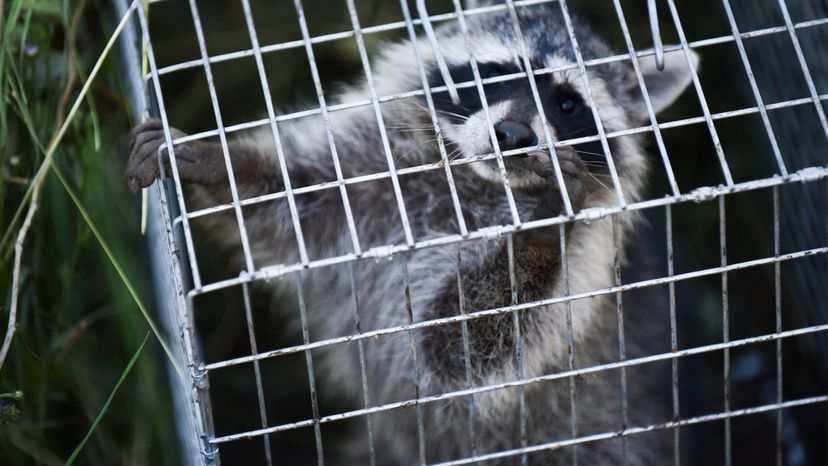Where you put the trap can be just as important as the trap itself. As mentioned above, raccoons are incredibly clever and cautious, which makes trap placement critical. The more you know about the raccoon's behaviour, the more strategic you can be about placement.
In general, it's recommended that you place the trap near popular food sources, along common travel paths, or close to the raccoon den itself. Again, you'll want to pay close attention to local laws and regulations before setting live traps on or around your property.
Baiting the Trap
Choosing effective bait is a crucial step in successfully trapping a raccoon. They have a strong sense of smell, and are attracted to a wide variety of foods. The ideal bait entices the raccoon into the trap without harming it and is resilient to smaller animals like cats or birds. Effective baits for raccoons include:
- Sweet foods
- Protein-rich foods
- Eggs
While baiting is a necessary part of trapping, it should be done ethically [source: Greenberg]. Avoid using bats that could be harmful if consumed by other wildlife or pets.
